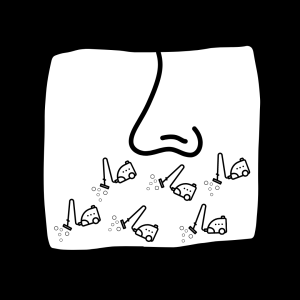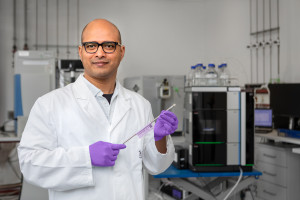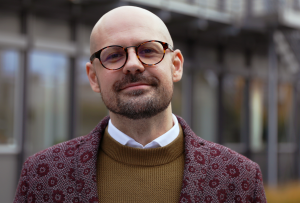Dortmund, 9th February 2022
Are scent molecules changed or decreased in the relevant receptors?
"The human brain can block out scents temporarily. This is commonly known as 'smell blindness'. The effect goes back to a protective mechanism of our olfactory cells (smell receptors).
Smell receptors are part of the olfactory epithelium, a small, thin cell layer in our nasal cavity. They are very sensitive to chemical stimuli – including scent molecules. It does not matter whether smells are bad or pleasant. As soon as the molecules dock onto the olfactory receptors, the chemical impulse becomes an electric one. This so-called action potential is sent to the central nervous system and ultimately transmits the message of smell.
A constant stimulation of our smell receptors would lead to irritation and damage them. That is why they have a protective mechanism: The frequency of the action potential decreases so that the scent molecules do not continue to trigger an impulse. Consequently, we cease to register a smell after a few minutes. Only when the intensity of the impulse changes or other chemical stimuli appear, action potentials occur again – and we detect a smell.

It does not matter how many different people and scent molecules meet in the same place at the same time: Unlike a vaccum cleaner, the human nose cannot sucked up scent molecules. Therefore, smells cannot be 'smelled away'. The reason is that although scent molecules arrive at the smell detectors via the mucous membrane of the nose, their binding is reversible. That means that the scent molecules return into the breathing air. Therefore, a change in the intensity of a smell that is perceptible to humans through a reduction of scent molecules in the air is highly unlikely.
By the way: smell receptors are so-called phasic receptors. In contrast, pain receptors are tonic receptors which continuously generate action potentials when stimulated constantly. That is why humans can become 'smell blind' but not 'pain blind'."
Prof Dr Anika Grüneboom is head of the Bioimaging working group at the Leibniz-Institut für Analytische Wissenschaften – ISAS – e.V. and professor for Experimental Biomedical Imaging at the Medical Faculty of the University of Duisburg-Essen.








